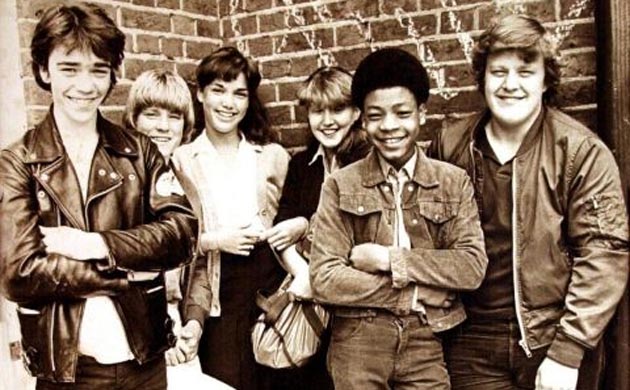Genre
Character
Form
Time
What he is basically saying is that a media text is like a tangled ball of threads which needs unravelling so we can separate out the colours. Once we start to unravel a text, we encounter an large number of potential meanings. We can start by looking at narrative in one way, from one viewpoint, bringing to bear one set of previous experience, and create one meaning for that text. You can continue by unravelling the narrative from a different angle by pulling a different thread if you like and create a entirely different meaning, and so on. An infinite number of times, if you wanted to. (THERE ARE NO LIMITS TO NARRATIVE INTERPREATIONS)
Pam Cook- Stories/Narratives should have a beginning, a middle and an end (linearity) in which somthing happens (cause and effect) causing a series of problems (enigmas) which to be solved (resolution). THEY SHOULD ALL INCLUDE A BEGINNING, MIDDLE AND END.
Tzvetan Todrov- 5 stages of narrative;
1) A state of equilibrium (all is as it should be)
2) A disruption of that order by an event
3) A recognition that disrupition has taken place
4) An attempt to repair the damage of the disruption
5) A return or restoration of a new equilibrium
Vladimir Propp- Propps concluded that regardless of the individual differences in terms of plot, characters and settings, such narratives would share common strucural features.
He also concluded that all the characters could be resolved into only seven character types in the 100 tales he analysed:
1) The Villain- struggles against hero
2) The donor- prepares the hero or gives the hero some magical object
3) The (magical) helper- helps the hero in the quest
4) The princess and her father- gives the task to the hero, identifies the false hero, marries the hero, often sought for during the narrative. Propp noted that functionally, the princess and the father can not be clearly distinguished
5) The dispatcher- character who makes the lack known and sends the hero off
6) The hero or victim/seeker hero- reacts to the donor, weds the princess
7) [False hero]- takes credit for the hero's action or tries to marry the princess
Claude Levi Strauss- Binary oppositions
His ideas about narrative amount to the fact that he believed all stories operated to certain clean Binary Opposites e.g good vs evil, black vs white, rich vs poor.
The importance of these ideas is that essentially a complicated world is reduced to a simple either/or structure. things are either right or wrong, good or bad. There is no in between.
The Binary oppositions for this music video are:Black vs White
Man vs Women
Domestic vs Breadwinner
Danger vs Safety






